
What are Employee Relations?
From the first day of work until the employee leaves the company – creating good relations lasts for the entire employee journey, leading to healthy workplace relations.

The right employee incentive idea can transform workers’ behaviors, team dynamics, and organizational outcomes.
Statistics show that employees who were satisfied with their incentives were seven times more likely to be engaged at work than those who weren’t. Yet, less than half agreed their employer effectively rewards and recognizes high performance.
To bridge this gap and help companies choose an incentive program that resonates with today’s workforce, in this Shortlister article, we explore creative ideas designed to improve employee motivation and performance.
Before delving into specific recommendations, let’s first look at the benefits of employee incentives to understand their importance in today’s workplace.
The rewards and recognition system is a practice that dates back centuries. Although the types of incentive programs and their structure have changed in the modern workplace, their importance remains the same.
So, why is that?
Research published on Frontiers in Public Health shows that monetary incentives, in particular, positively influence job performance. Moreover, when incentives were meaningful and tailored to employees’ needs, they were also linked to loyalty and commitment to the organization.
Another study by the Incentive Research Foundation highlights the significance of non-monetary rewards and recognition, especially in remote or hybrid teams.
Namely, employees were most motivated by recognition from their immediate managers and senior leaders. However, when it came to engagement and retention, respondents preferred both intangible incentives like autonomy and growth opportunities, as well as tangible compensations like cash, gift cards, redeemable points, and individual travel.
Despite their different focuses, both research examples illustrate how employee incentives benefit organizations directly from recognition and rewards.
But, to ensure this happens, companies should consider employees’ changing needs and preferences. Traditional methods may no longer suffice, creating a need for a different approach to incentivizing teams.
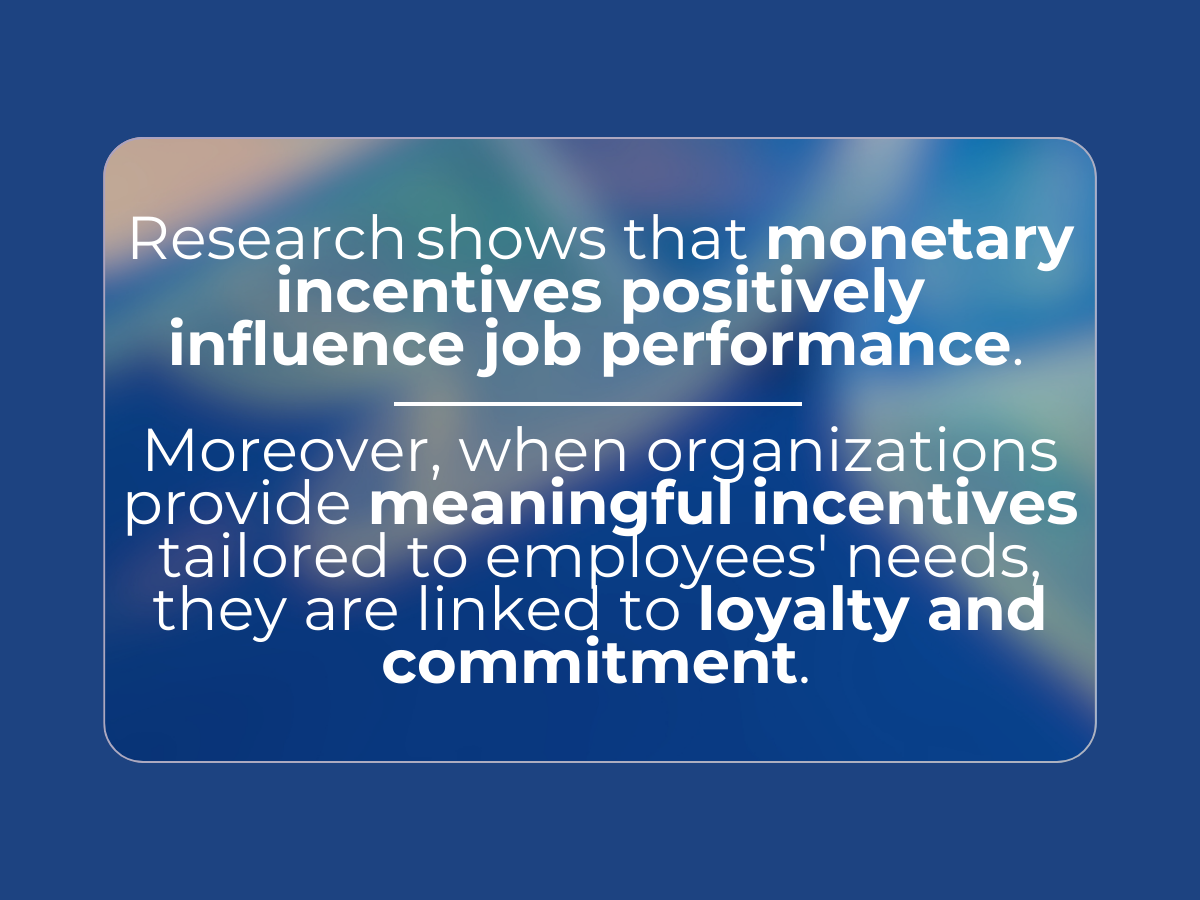
The motivation for employee incentives derives from the benefits of improving employee well-being, driving engagement, and cultivating a positive work environment. However, as employee needs evolve, so does their preference for these perks.
In an article for Forbes, Dr. Timothy J. Giardino, Vice President of HR Operations at BMC Software, explains the hierarchy of needs within today’s workplace context.
While cash incentives, corporate gifts, and recognition may be the first choice for many employees, they don’t check all tiers on the pyramid. Thus, companies can use more creative ways to incentivize their employees.
From introducing gamification to creating cross-functional challenges, the possibilities for creative initiatives, individual or team-based, are endless. Incorporating autonomy, personalization, and fun elements can further enhance team morale.
With that in mind, the following incentive ideas for employees aim to help companies of all sizes redefine the workplace with the right benefits.
Despite being more “traditional,” monetary incentives will never lose their appeal. In fact, numerous studies confirm their positive impact on employee loyalty and engagement in the modern workplace.
After all, money motivates most employees, especially following an increased cost of living globally. Relieving financial stress from work can also lower absenteeism and presenteeism while increasing productivity and performance.
Thus, the following employee incentive ideas can help employers take the “safe route” to better organizational outcomes.
Performance-based bonuses are many companies’ go-to monetary benefit. As the name suggests, they tie financial rewards to individual metrics or team performance tomotivate employees to do more work without feeling overwhelmed or unappreciated.
Instead, when employees get a cash bonus, they feel recognized and appreciated for their hard work and dedication to the company.
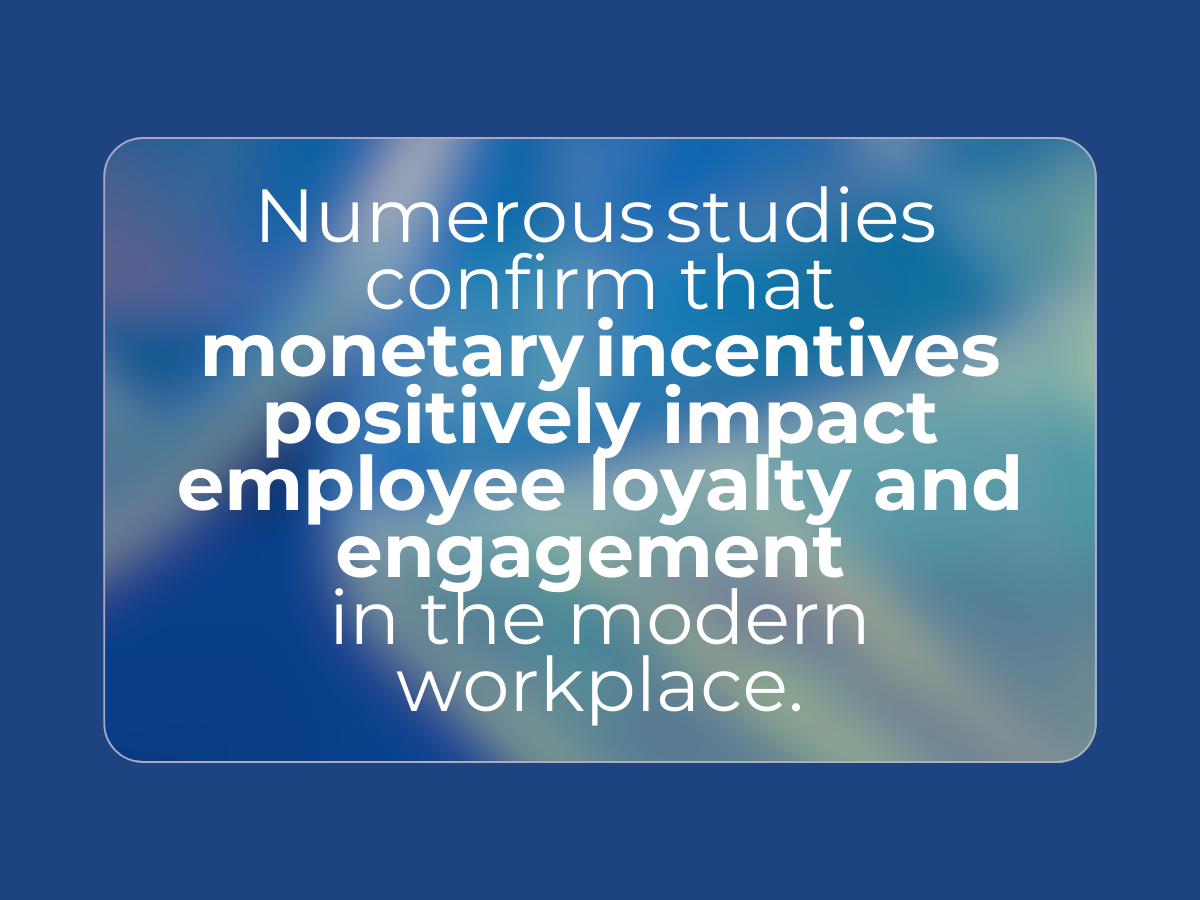
Profit-sharing programs may not be as standard, but they achieve a unique goal not many other incentives can. They give workers a stake in the company’s success by distributing a portion of the profits.
Thus, the company’s growth becomes the employees. This sense of ownership incentivizes the workforce to take the initiative and perform better, strengthening transparency and trust in the workplace.
Often used in sales-driven industries, commission-based rewards incentivize workers to reach and exceed their targets and drive more revenue. For example, on top of their salary, the company rewards them with a percentage of each sale as a commission.
These are usually great for employers who want to invest in incentives that set a clear and quantifiable goal. At the same time, they allow employees to track their performance, minimizing favoritism in the workplace.
While money is undoubtedly important, it’s not the only thing that drives the workforce anymore. In fact, data indicates that 65% of employees favored non-cash benefits.
Following the generational shift in the workplace, younger workers prioritize their well-being and look beyond the paycheck when choosing an employer. One bit of research shows that while money did matter to them, 44% of Gen–Z workers preferred complete freedom in deciding when and where to work.
This transition in priorities gives rise to non-monetary incentives in the workplace. The most popular three are flexible work hours, remote work, and better opportunities for career development.
In the post-pandemic workplace, remote work has shifted from a necessity to an incentive that increases employee satisfaction and loyalty. At the same time, it enables companies to tap into a global talent pool and stand out as a preferred choice in the competitive talent market.
In fact, statistics show that 99% of people would choose remote work if given the option. Another 74% would be less likely to leave the company, and 81% of employees would recommend it to other job candidates and prospects.
The data also shows that, for 40% of workers, the most significant remote work perk was flexibility in their schedule, hinting at the importance of flexible work hours as another non-monetary incentive.
Flexible work hours show the employers’ commitment to autonomy and trust, two fundamental aspects of the modern workplace. They accommodate employees in managing their time effectively without affecting productivity.
In fact, a survey from Future Forum reveals that flexibility benefited many aspects of the workplace:
Overall, this is a highly valued non-monetary employee incentive and a sound business investment for employers.
Beyond flexibility in when and where to work, tending to employees’ professional development can also be an incentive.
Statistics reveal that 94% of employees would stay at a job longer if the company invested in their learning and development.
Although growth should be a given in every workplace, employee incentive ideas like free training programs, workshops, and certifications are a much-appreciated extension of this goal. This strategic investment helps workers expand their skills and pursue career opportunities within the company while employers capitalize on having and maintaining top talent and nurturing innovation.
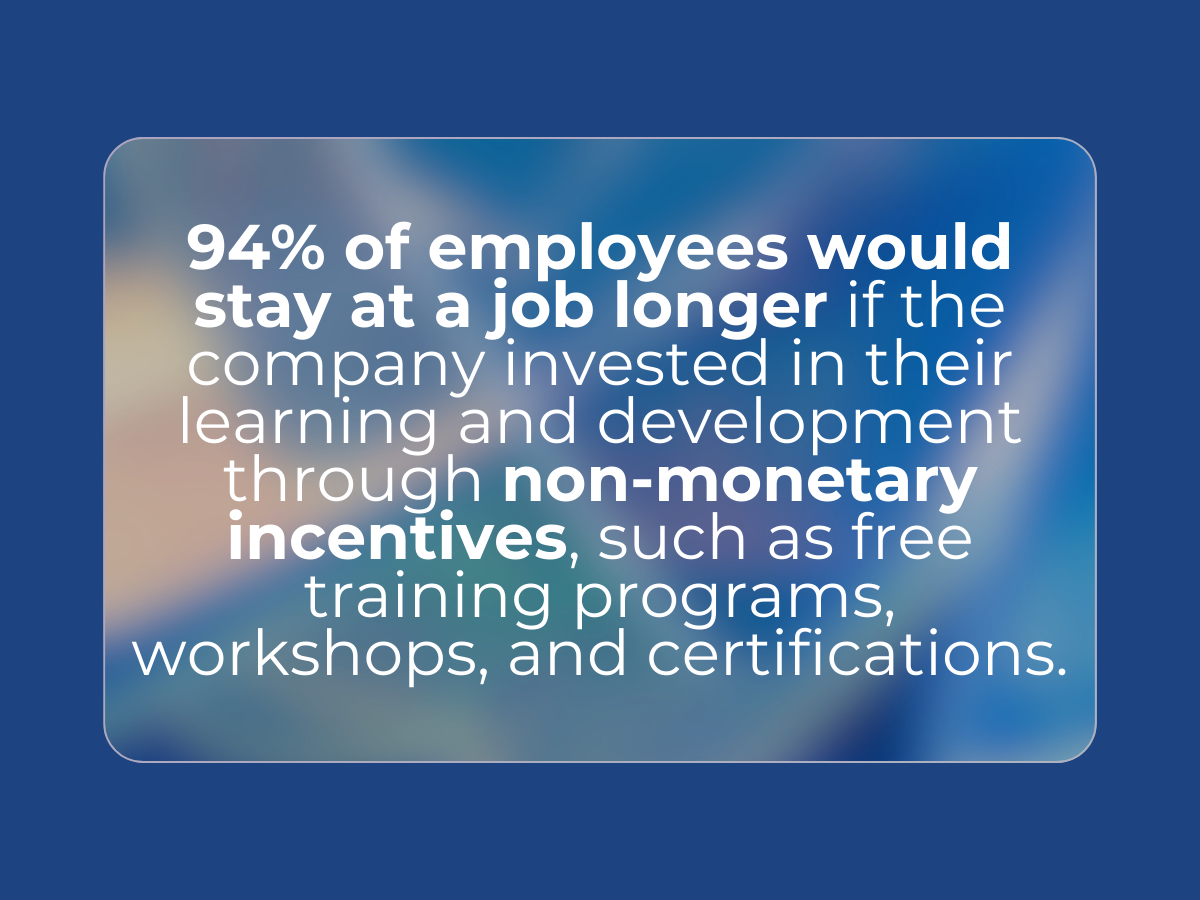
A survey by Nectar HR reveals that 83.6% of employees felt that recognition at work affected their motivation to succeed. Moreover, 77.9% answered they would be more productive if they received frequent praise.
Another 71% would be less likely to leave their employers.
Although all employee incentive ideas show some level of recognition and appreciation, these two can also be a category on their own. Providers like Nectar HR combine them with awards to create a comprehensive program or as a standalone incentive.
Some of the best examples of this positive reinforcement are performance rewards, public recognition, and personalized appreciation.
Rewarding employees who did exceptional work monthly or annually sets the tone for a company culture built on appreciation and engaged employees.
As a visible symbol of recognition and employee acknowledgment, these rewards can inspire healthy competition and encourage others to perform better, driving individual and team performance and productivity.
Public recognition is the most high-impact version of this type of incentive. Acknowledging employees’ accomplishments in company meetings, newsletters, or social media platforms amplifies their impact and significance.
In fact, research shows that this “symbolic” award, even without a cash incentive, can significantly increase intrinsic motivation, performance, and retention rates.
To facilitate this, incentive providers like WorkProud have created platforms for public peer-to-peer recognition and milestone acknowledgment as part of their programs.
Finally, personalized thank-you notes are a thoughtful way to express gratitude for employees’ hard work and dedication.
Whether handwritten or digital, these notes convey genuine appreciation and recognition for specific contributions or milestones. By taking the time to acknowledge employees’ efforts in a personalized manner, companies demonstrate empathy, strengthening the bond between employees and the organization.
Another approach to incentivize employees is by creating a sense of community at work.
In fact, 90% of employers agree this is important for the success of their business. Employee findings from the same survey also indicate that half of them left or considered leaving a job because they didn’t have a strong sense of belonging in the workplace.
So, what team-building activities can companies use to incentivize their workforce and avoid high turnover?
An occasional team outing or off-site retreat is a great incentive idea for employees to bond and collaborate within a more relaxed setting.
Examples include weekend getaways or one-day activities like workshops, sporting events, or outdoor adventures. Which approach companies choose depends on the needs and preferences of the workforce. However, the goal is to strengthen teamwork through open communication, cooperation, and creativity.
Instead of an elaborate team activity that takes up a day or more, companies can turn to games or challenges as a simpler alternative. These fun and interactive team-building activities are a great employee incentive idea for small businesses as they come in all shapes and sizes. For example, they can include anything from team games like puzzles or escape rooms to fitness challenges or any type of friendly competition.
Investing in these incentives occasionally enablesall employees to develop leadership skills, improve communication, and build mutual trust and respect.
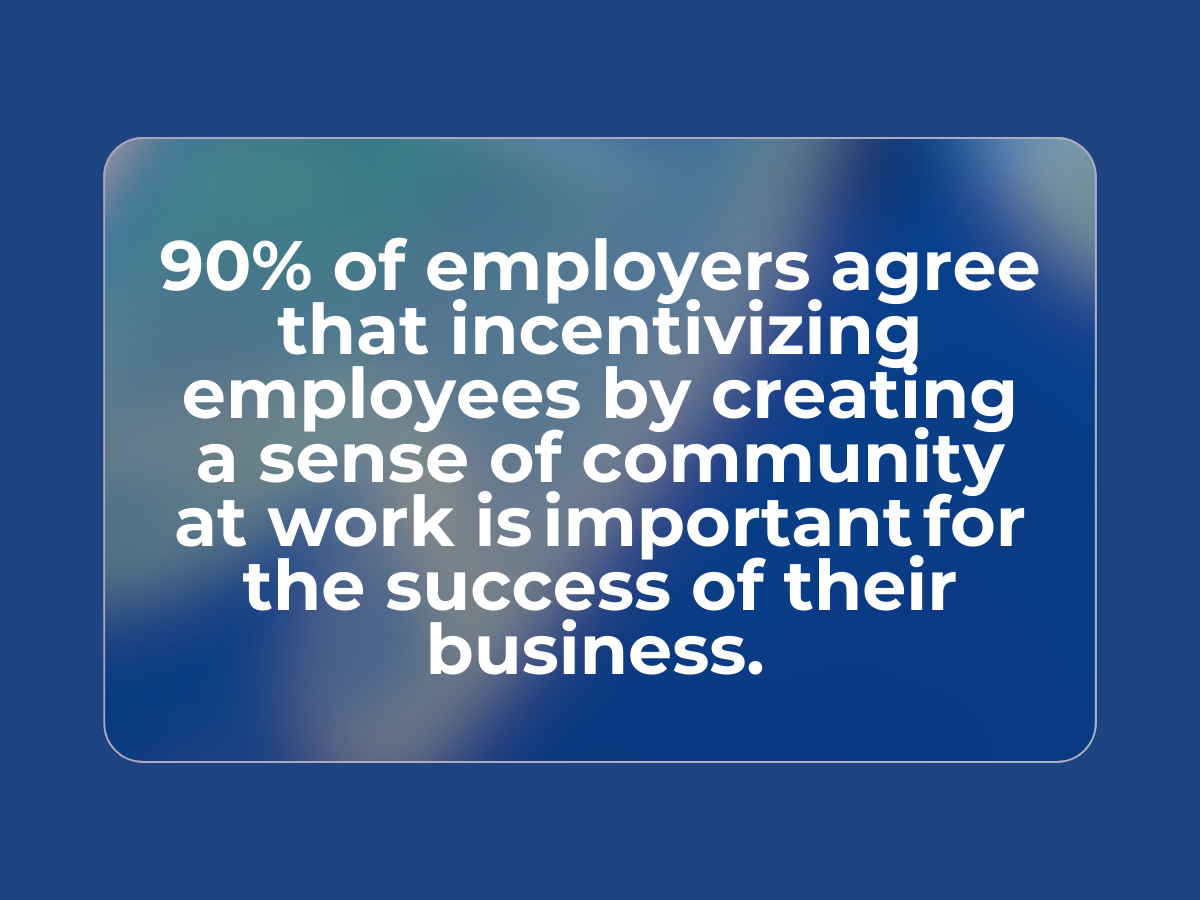
Instead of an elaborate team activity that takes up a day or more, companies can turn to games or challenges as a simpler alternative. These fun and interactive team-building activities are a great employee incentive idea for small businesses as they come in all shapes and sizes. For example, they can include anything from team games like puzzles or escape rooms to fitness challenges or any type of friendly competition.
Investing in these incentives occasionally enables all employees to develop leadership skills, improve communication, and build mutual trust and respect.
Employee health is just as important, if not more, as employee recognition and rewards, job flexibility and growth, or a sense of belonging at work. As such, it finds its place on our list.
Wellness statistics show that nine in 10 organizations offer at least one health benefit. This motivation for employee incentives that tackle wellness derives from the many benefits it has, including:
Thus, the benefits of these employee incentives are evident. They create a work environment that supports employee health and contributes to long-term organizational success.
Gym memberships cover the physical aspect of health and wellness programs.
However, regular exercise not only boosts physical fitness but also improves mental health, and contributes to greater well-being in the workplace. Thus, by offering access to fitness facilities or gym membership, companies demonstrate their commitment to bettering the employee experience.
Another aspect of health is nutrition.
Statistics show that for 67% of employers, food is part of their employee retention strategy. At the same time, food-based perks make half of the workforce feel more satisfied with their employers.
Thus, stocking the office pantry with nutritious snacks encourages healthy eating habits and makes for a good incentive. By providing healthy snack options, companies promote employee wellness and satisfaction while reducing the temptation for unhealthy food choices.
Finally, mental health has taken center stage in employee health and well-being. Although largely overlooked in the past, companies are now making it a must-have in their benefits packages.
Research shows that support for mental health reduced the likelihood of workers reporting symptoms by 26%. Additionally, it correlated with fewer performance issues, greater comfort discussing mental health, higher job satisfaction and retention, and a more positive perception of the company and its leadership.
So, for employers looking for health and wellness incentive ideas, offering mental health days and easy access to counseling services is a good start.
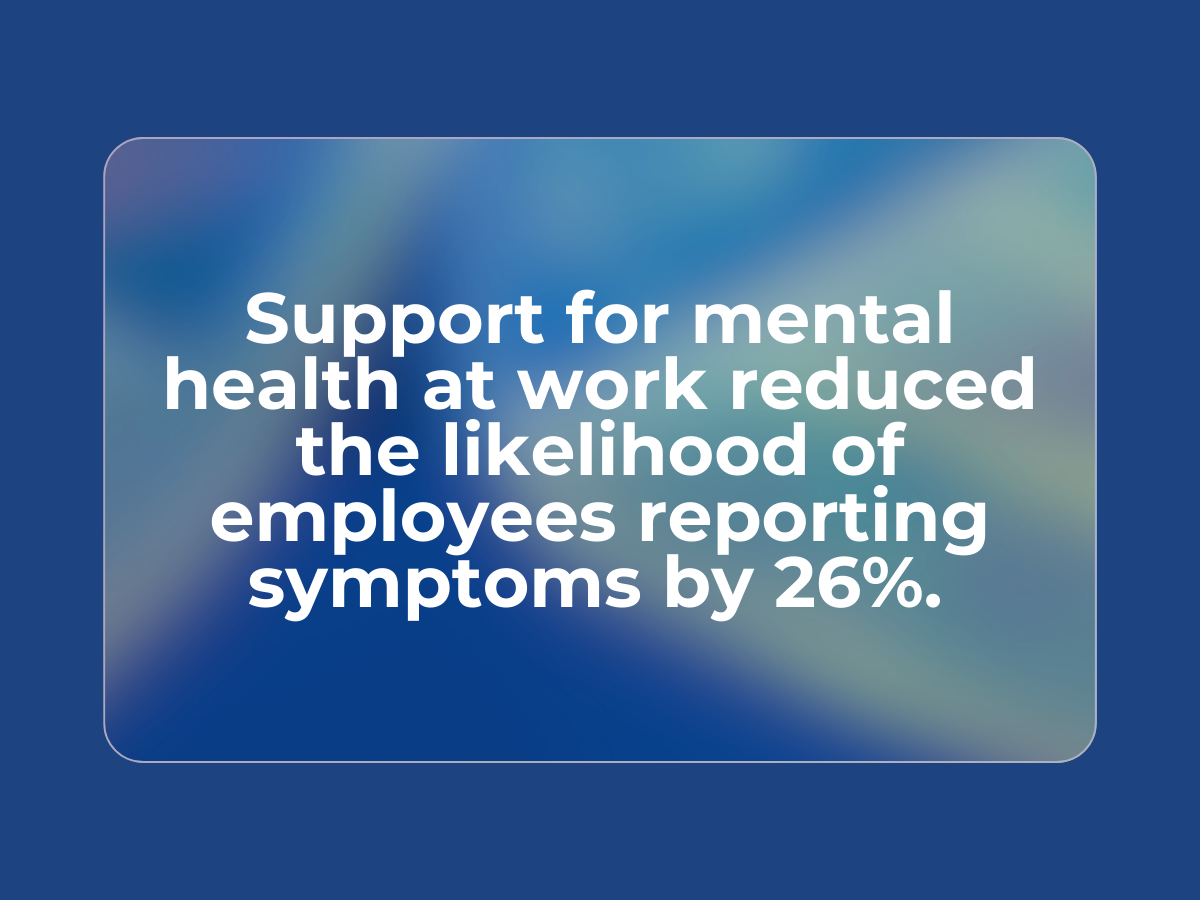
Personalization adds extra value to an incentive. By offering personalized gifts, companies can show appreciation for individual achievement beyond generic gifts or cash bonuses.
One survey, for example, shows that 66% of employees expressed a preference for receiving two tickets to a concert of their choice rather than receiving three times the value of those tickets paid into their paycheck annually.
Whether it’s a custom experience, certificate, or a work benefit, these awards are designed to highlight the recipient’s unique qualities and accomplishments, showing recognition on a much more personal level.
Customized gifts are an excellent example of personalized employee awards. They show workers their contributions are valued and appreciated without appearing superficial or meaningless. Incentive providers like Awardco and Guusto specialize in offering personalized gifts or experiences, reinforcing a company culture of appreciation.
Tailored career development plans such as mentorship opportunities or career coaching, can incentivize the workforce by supporting their professional growth and advancement. The fact that these align with employee aspirations, skills, and interests differentiates them from generic one-size-fits-all training programs or opportunities.
Over half of the workforce is willing to take a pay cut in exchange for more time off but doesn’t have the luxury.
That’s why giving workers extra time off and flexibility in choosing when to take it can be a great incentive. It can help them balance their work-life to best fit their needs without affecting their financial wellness. At the same time, offering this benefit is a tangible expression of appreciation for employees’ hard work and dedication.
Creative challenges and contests may overlap with other examples in this list. But as a category on theirown, they offer a unique approach that encourages employees to think outside the box, solve problems creatively, and find or show their strengths.
The best thing about these is they can result in tangible outcomes, such as new product ideas or process improvements, further contributing to organizational growth and success. They are also excellent employee incentive ideas for small businesses that don’t have the budget to invest in expensive benefits.
Whether in teams or individually, challenging employees to explore their creativity and develop new ideas can inspire a culture of continuous improvement in the workplace.
Innovation challenges empower workers to take initiative and directly contribute to the company’s growth and success. They also ascertain trust from leadership in the creative potential of employees, promoting a sense of empowerment and ownership in driving innovation.
The suggestion box is a different way of driving growth, allowing workers to do it at their own pace. It’s usually a physical box in the workplace that provides employees with a safe space to share personal experiences, opinions, and perceptions with the goal of company improvement. They can also opt to do this anonymously.
As an incentive idea for employees, despite its simple nature, the employee suggestion box conveys a strong message that companies value their workers’ opinions.
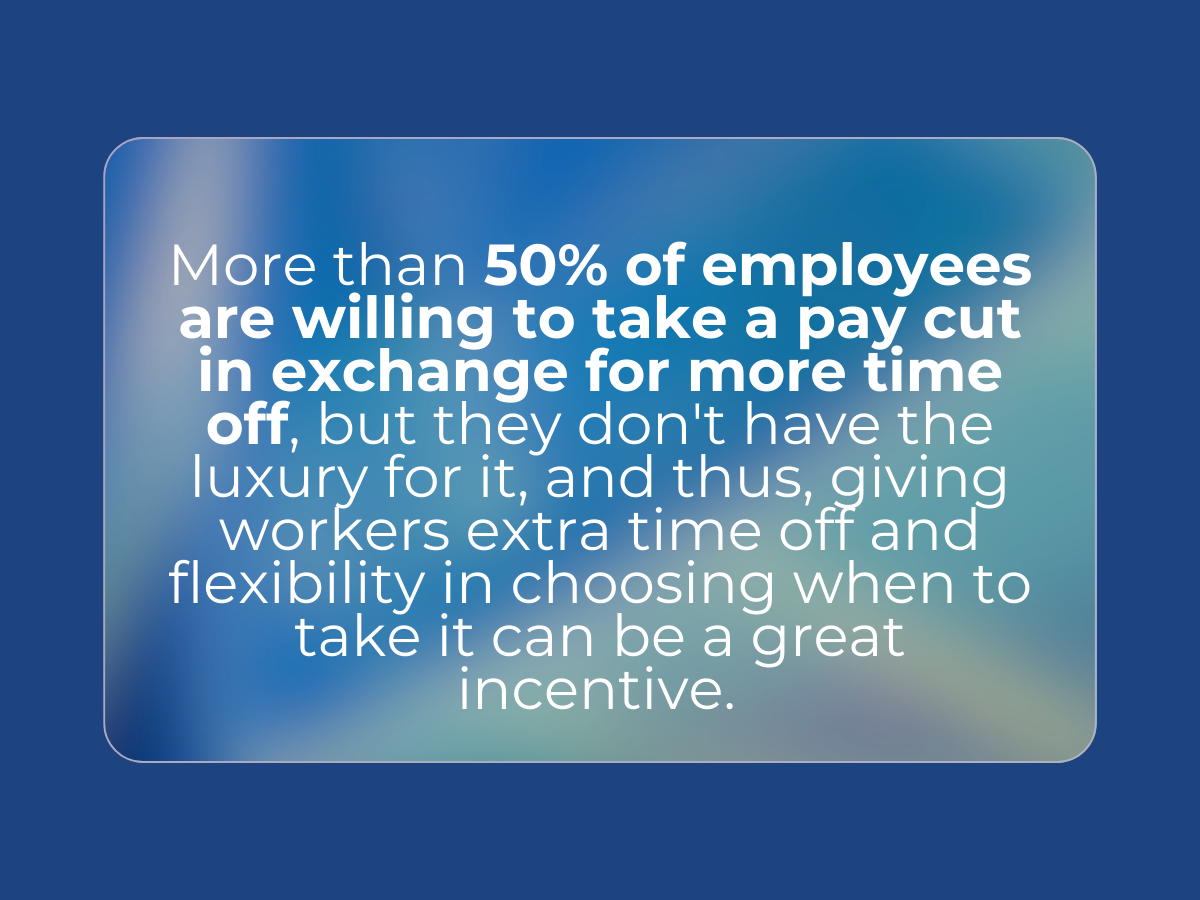
We end this list with team-based competitions. That’s because, despite some downsides to competitiveness in the workplace, a healthy rivalry was shown to increase performance, motivating employees to put in more effort and achieve better results.
With that in mind, companies can organize competitions between teams to incentivize individuals to perform better. Depending on the company, number of employees, and team structure, these can include anything from sales competitions to productivity challenges.
While having a large pool of ideas to choose from is a good start, the effectiveness of an incentive plan boils down to how well it’s designed and implemented. At the same time, the right program should reflect the needs of the workforce.
That’s where feedback takes effect.
Continuous improvement of employee incentive ideas happens when companies gain insight into participation and redemption rates and find areas for improvement to better align the program’s goal with that of the organization and its employees.
Whether it’s about adjusting existing plans, implementing new ideas inspired by employee suggestions, or redesigning incentive structures entirely, this process is instrumental in maintaining high levels of employee incentive motivation, participation, and efficacy.
It’s highly unlikely that traditional incentives will lose value in the workplace anytime soon or completely go away.
However, the expansion and shift of employee priorities hint at the importance of exploring new venues beyond traditional reward structures.
As workers increasingly seek recognition, purpose, and flexibility in their jobs, organizations should adapt and turn to employee incentive ideas that successfully cater to these evolving needs. In doing so, they can cultivate a more engaged, motivated, and resilient workforce poised for long-term success.
Disclosure: Some of the products featured in this blog post may come from our partners who compensate us. This might influence the selection of products we feature and their placement and presentation on the page. However, it does not impact our evaluations; our opinions are our own. The information provided in this post is for general informational purposes only.
Content Writer at Shortlister
Browse our curated list of vendors to find the best solution for your needs.
Subscribe to our newsletter for the latest trends, expert tips, and workplace insights!

From the first day of work until the employee leaves the company – creating good relations lasts for the entire employee journey, leading to healthy workplace relations.
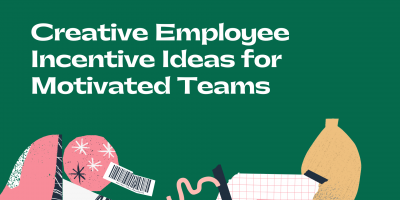
From traditional benefits to personalized rewards to creative team challenges, these employee incentive ideas can motivate individuals and teams, leading to better performance and organizational growth.
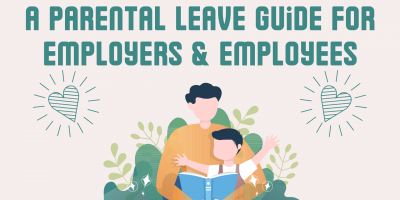
Explore the importance of parental leave in the US, shedding light on its impact on families and businesses. Delve into the complexities of existing policies, highlighting the challenges employers and employees face.

Thought leadership is all about assisting people to understand themselves better, find their purpose, and achieve success in the long term. So, how to make way for thought leadership that works wonders?
Used by most of the top employee benefits consultants in the US, Shortlister is where you can find, research and select HR and benefits vendors for your clients.
Shortlister helps you reach your ideal prospects. Claim your free account to control your message and receive employer, consultant and health plan leads.